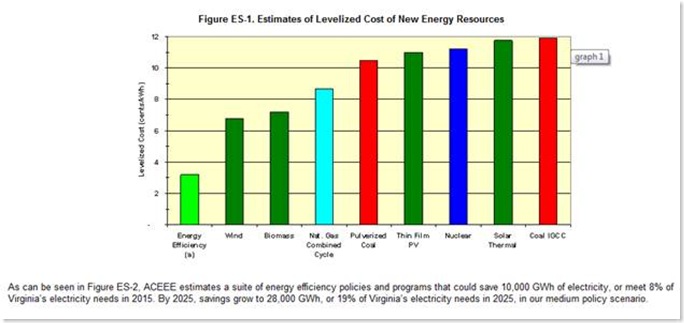Financial Times – World Energy Council Summit: Investment Opportunities in Clean Energy Businesses
Last week I visited London to speak at the Financial Times – World Energy Council Summit for “Investment Opportunities in Clean Energy Businesses.”
The event featured a star-studded cast including (to name but a few) MIT president Susan Hockfield; Alston Chairman & CEO Patrick Kron; Union Fenosa Chairman Pedro Lopez Jimenez; U.S. Department of Energy Clean Energy Collaboration Director Barbara McKee; Eskom General Manager Brian Statham; E.ON Chairman of the Board of Management Dr. Johnnes Teyssen; and India’s Secretary Anil Razdan in the Ministry of Power.
The speakers presented a convincing picture that utilities around the world are driving scores of great initiatives and solutions for energy efficiency, renewables, Green Transportation and Sustainable Cities.
However, to be frank, I think many of the observers in the crowd (those not directly involved with a specific initiative ) had a view that while there are many great initiatives out there, they in fact are a giant patch quilt, a bit hap-hazard, and with no real global coordination.
Take for example some of the thoughts expressed during my panel on “Energy Efficiency and Demand Management as a Business Line; Making the Most of Our Energy Resources.”
First, we all agreed that energy efficiency initiatives are an important part of the portfolio mix and will have a significant impact on reducing the amount of new fossil generation that needs to be built to meet projections of a 50% increase of demand for worldwide power in the next 15 years.
But there were some differences Both I and Nobuo Tanaka, the Executive Director for the International Energy Agency, agreed that unless regulators decouple utility profits from consumption and allow utilities to earn revenue on energy efficiency programs then those programs may become just paper tigers. Instead, those initiatives need the sort of backing it takes to put a man on the moon, which is what may be required to fully address global warming.
There are some interesting news and studies out about these topics.
First, take a look at Capgemini’s recent thought leadership piece, “Demand Response: a Decisive Breakthrough for Europe,” which advocates for greater demand response implementations, saying that “DR alone achieves 20-25% of the EU’s 2020 targets concerning energy savings and CO2 emission reductions, as well as pre-empting the need for the equivalent of 150 medium-size thermal plants in EU-15.”
Then also take a look at a new report by the American Council for an Energy-Efficient Economy (ACEEE) which finds that “By investing in energy-efficient technologies, the Commonwealth of Virginia can reduce its electricity needs by one-fifth; deliver cleaner, less-expensive power to Virginia consumers; create thousands of new jobs; and better position the state to more cost effectively meet its future energy requirements.”
ACEEE says that the “Commonwealth can meet close to 20 percent of its electricity needs by 2025 through energy efficiency, a strategy that also would cut Virginians' utilities bills by $15 billion by 2025 and create nearly 10,000 new jobs - the equivalent of bringing almost 100 new manufacturing facilities to the state."
There’s obviously a lot of thought going into demand response/energy efficiency efforts and it’s good to see that some in Europe are working to create a unified effort. The verdict is still out in other regions of the world and the question has to be: Will energy efficiency be on more than a piecemeal scale? - Jon Arnold
Comments
- Anonymous
September 27, 2008
PingBack from http://hoursfunnywallpaper.cn/?p=8135
